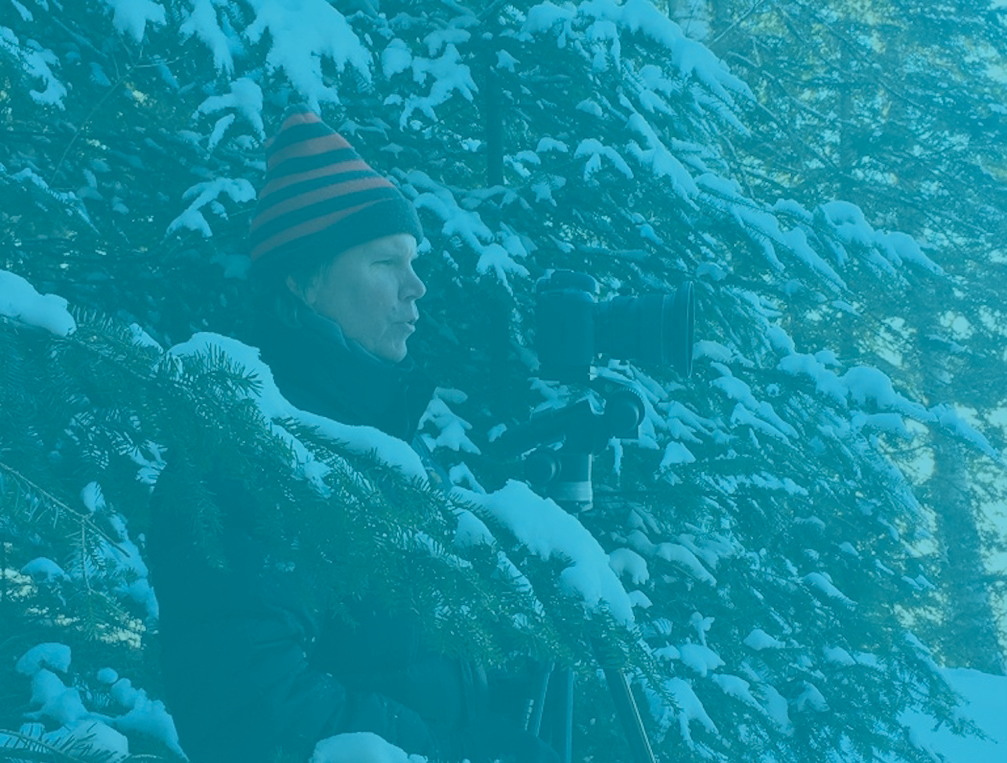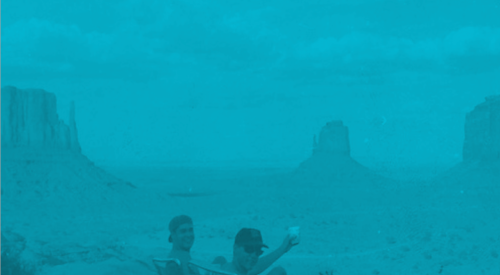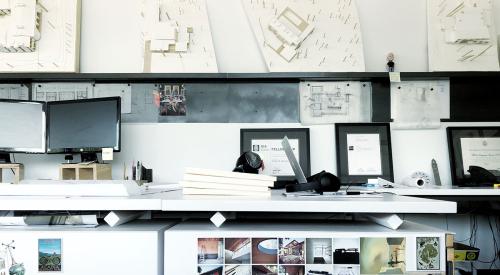Architecture and photography have a symbiotic relationship with one another and every architect knows that a picture is worth a 1,000 words. For today’s episode, Andrew and I sit down with photographer Poul Ober to discuss the role photography plays in telling an architectural story, as well as the evolving impact photography is having on popular culture.
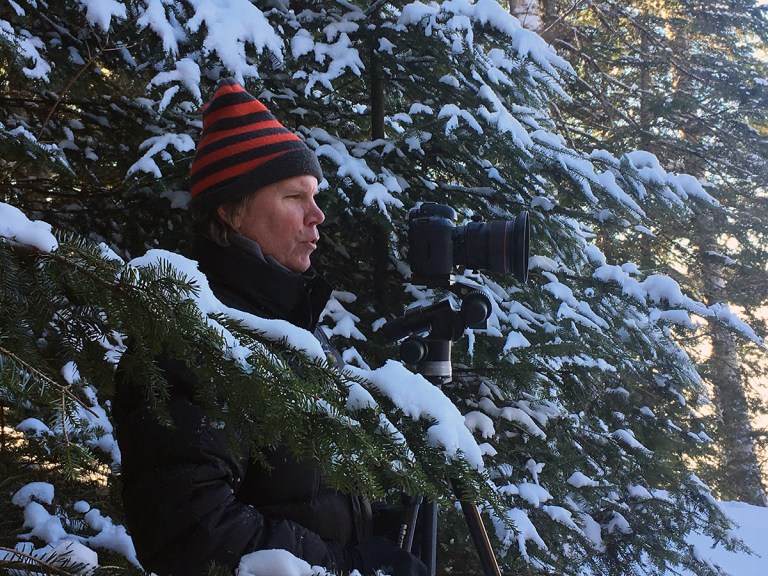
A little background information on our guest on the podcast—Poul is a highly sought-after commercial photographer, specializing in people and places, but is most notably my next door neighbor. He and I have spent many wonderful afternoons standing in the alley, drinking beer, and talking about architecture and design. After studying photography at Portfolio Center in Atlanta, Poul headed to New York to assist some of the top photographers in the city. Having spent several years traveling the globe and honing his skills, Poul broke off on his own adventure—turning pro—and has since shot for notable clients such as Williams Sonoma, BMW North America, Dwell Magazine, Soho House, and Taschen Publishing.
Poul also completed a book for Angelika Taschen and Taschen Publishing titled “Taschen’s New York.” It features hundreds of his gorgeous, full-page images of 100 landmark hotels, restaurants and bars in New York City. Sold at Taschen stores all over the world, it has been translated in 5 languages and is now on its 3rd printing. I encourage you to visit Poul’s website for a closer look at his work.
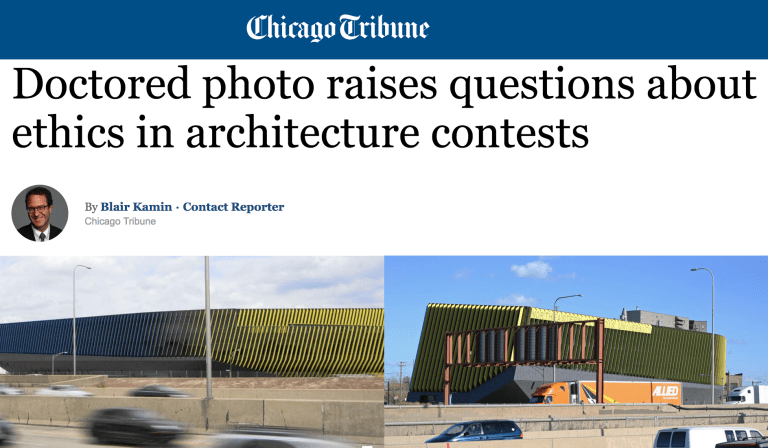
Truth in Architectural Photography [1:41 mark]
According to Poul, there is no truth in architectural photography, and I tend to agree with him on this. To jump off our conversation, we discuss the controversy surrounding the Chicago design awards in 2015 where the design submission for the El Centro building, which is a satellite facility of Northeastern Illinois University just up the road, digitally removed the rooftop air handlers in post-production.
Where do you draw the line between what is acceptable to digitally manipulate? Is it a binary consideration—either everything is up for consideration or nothing is, or is it okay to make small gestures like removing power lines but not okay to remove a freight-train worth of roof-top equipment?

How Technology has Impacted Photography [10:55 mark]
A few years ago, Rick Norsigian thought he hit the lottery when he bought 2 boxes of photographic plates for $45 at a garage sale, that have since been proven to be lost images from the great American landscape photographer Ansel Adams. This is what we discuss as we move into the dialog of how photoshop has become the standard in post-production work and with photographers bracketing their photos, every facet of every photo is perfectly exposed. Perfection has become the standard—which is a dangerous expectation.
How Architectural Photography can Tell a Story [23:18 mark]
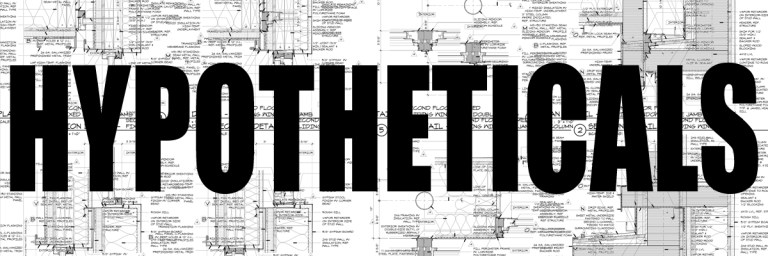
[42:35 mark]
For this episode, we have a new hypothetical to consider. Here is the scenario:
"You accidentally fall into a time machine that someone has irresponsibly left sitting out and you are transported back in time to … when?"
Poul, Andrew and I clearly have some different ideas on when and where we would like to travel back in time. Poul regretted his decision almost immediately, Andrew leaves the country to a time of enlightenment, and I survive my decision based on my heritage and natural ability to make friends with killers.
Now that most everyone has access to fairly sophisticated cameras and image editing software on their cellphone, and with the prevalence of social media platforms like Instagram and Facebook that allow people to readily share the images they create, there is an emerging culture of people paying attention to the images they create. While professional photographers would most likely not be threatened by this groundswell of “photographers,” it certainly should lead to an appreciation for their craft. People are starting to look at things in a more artistic manner in their attempt to capture their lives and tell a story and as a result, everyone’s photographs are becoming more composed and considered because the bar has been raised.
Thanks again to Pella Windows for sponsoring today’s episode—to learn more about Pella and the services and products they offer, please visit Pella.com.

